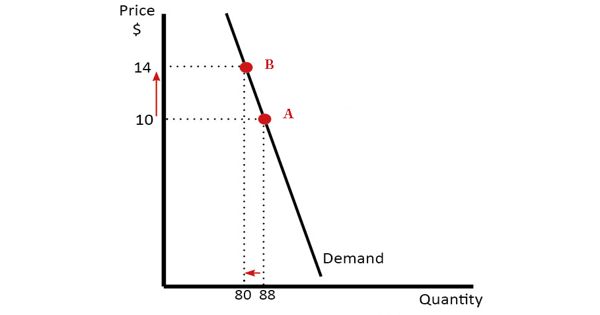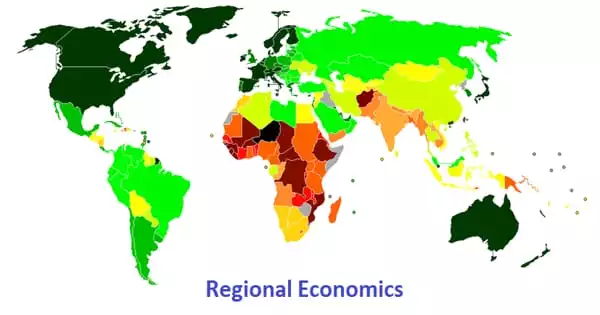Arc elasticity is the elasticity of one variable with respect to another between two given points. In mathematics and economics, the arc elasticity is the elasticity of one variable with respect to another between two given points. It is used when there is no general function to define the relationship between the two variables.
In the concept of arc elasticity, elasticity is measured over the arc of the demand curve on a graph. It measures elasticity between two points on a curve – using a mid-point between the two curves.
Arc elasticity is also defined as the elasticity between two points on a curve. It is the ratio of the percentage change of one of the variables between the two points to the percentage change of the other variable. In economics, there are two possible ways of calculating elasticity of demand—price (or point) elasticity of demand and arc elasticity of demand. It contrasts with the point elasticity, which is the limit of the arc elasticity as the distance between the two points approaches zero and hence is defined at a single point rather than for a pair of points. The arc price elasticity of demand measures the responsiveness of quantity demanded to a price. It takes the elasticity of demand at a particular point on the demand curve, or between two points on the curve. Therefore, the arc elasticity is more useful than the price elasticity when there is a considerable change in price.

The arc elasticity concept is useful since in reality price and quantity changes occur in jumps, i.e., there are gaps between any two values of both price and quantity demanded. Point elasticity is the price elasticity of demand at a specific point on the demand curve instead of over a range of it. In contrast to the concept of arc elasticity, point elasticity refers to measuring the elasticity of demand at a particular point on the demand curve.
Like the point elasticity, the arc elasticity can vary in value depending on the starting point. The arc elasticity is more useful for larger price changes and gives the same elasticity outcome whether price falls or rises. For example, the arc elasticity of supply of a product with respect to the product’s price could be large when the starting and ending prices are both low, but could be small when they are both high. When you use arc elasticities you do not need to worry about which point is the starting point and which point is the ending point since the arc elasticity gives the same value for elasticity whether prices rise or fall.
Information Source:
















